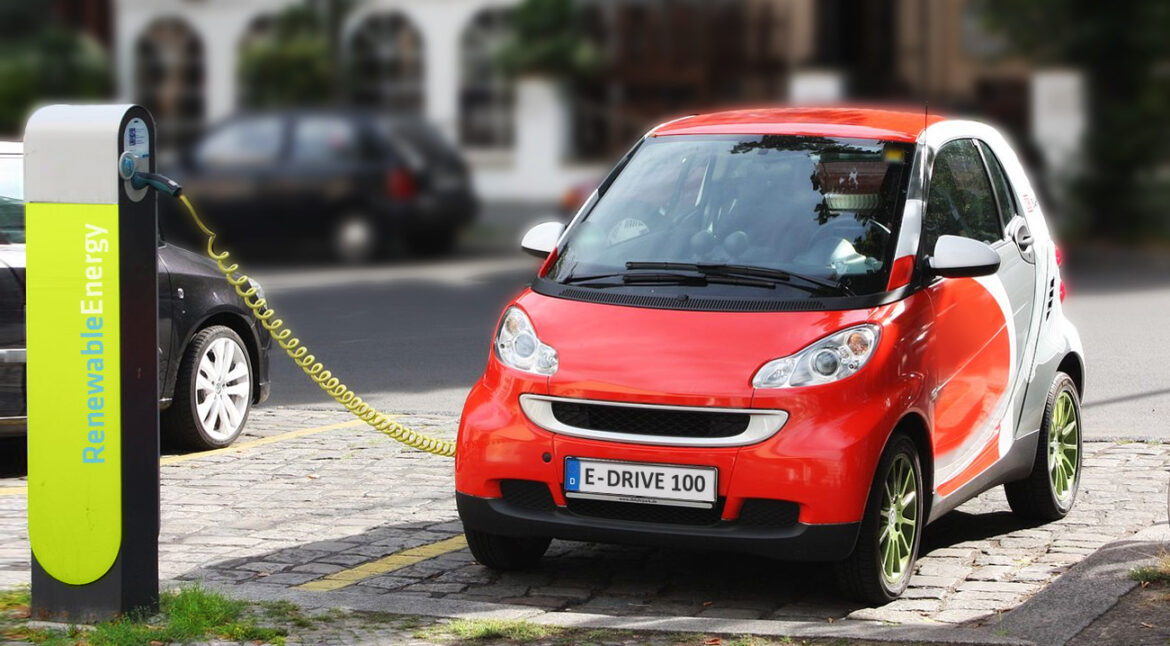In the realm of electric vehicles (EVs), busbars play a vital role as an integral component in the power distribution system. A busbar is essentially a conductive strip or bar that helps facilitate the efficient flow of electrical energy, allowing a smooth exchange of power between various components within an EV. With the advancements in EV technology, a variety of busbar designs and materials have emerged to meet the specific requirements of different EV applications. In this article, we delve into the intricacies of various types of EV busbars, examining their characteristics, applications, and advantages, to gain a comprehensive understanding of their significance in the ever-evolving world of electric vehicle technology.
Table of Contents
- Types of EV Busbars: Key Factors in Electric Vehicle Power Distribution
- Exploring Different Materials for EV Busbars: A Comparative Analysis
- Design Considerations for Efficient EV Busbars: Ensuring Optimal Performance
- Choosing the Right EV Busbars: Factors to Consider for a Reliable Electric Vehicle System
- Q&A
- Key Takeaways
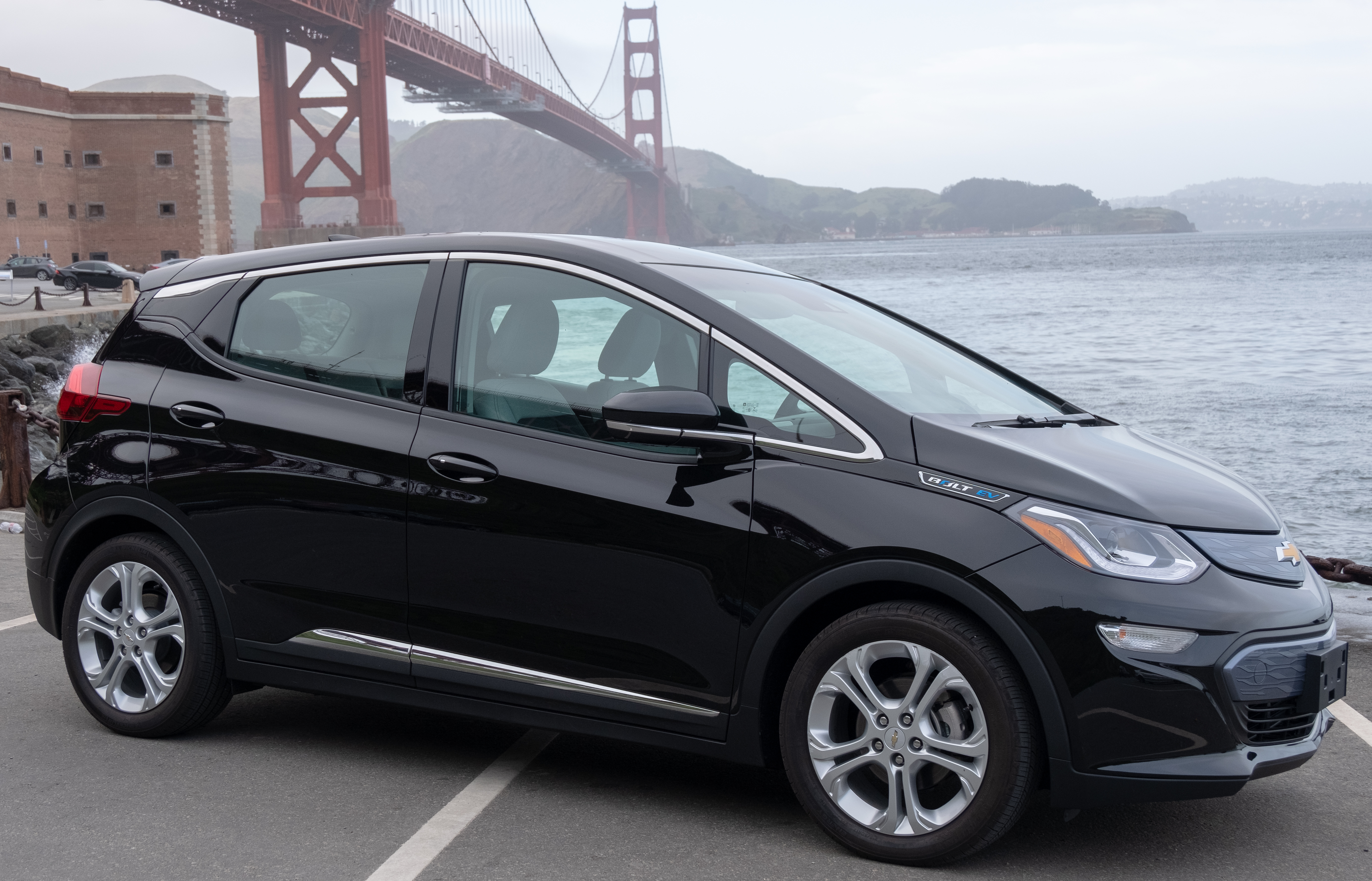
Types of EV Busbars: Key Factors in Electric Vehicle Power Distribution
1. Solid Copper Busbars:
Solid copper busbars are widely used in EV power distribution systems due to their excellent conductivity and thermal properties. They offer low resistance and can effectively handle high currents, making them ideal for delivering power to major components such as the battery pack, electric motor, and charging system.
2. Flexible Busbars:
Designed to overcome the challenges of limited space and vibration, flexible busbars offer versatility and reliability in EV power distribution. Made from thin, multilayered conductive materials, these busbars can be bent, twisted, or shaped, allowing for more flexible installations in compact and dynamic environments. They are commonly used to connect modules within the battery pack, ensuring efficient power flow while withstanding mechanical stresses.
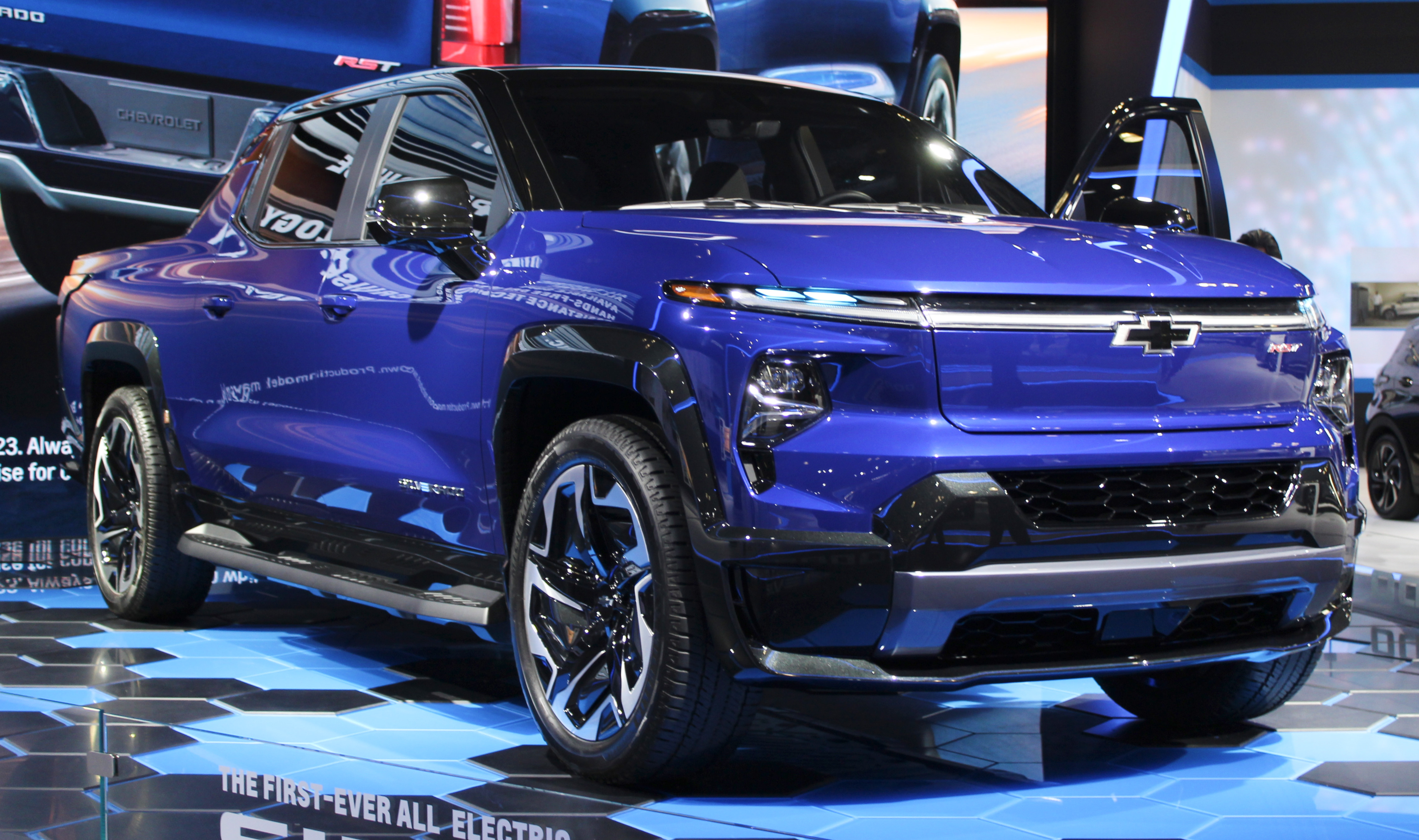
Exploring Different Materials for EV Busbars: A Comparative Analysis
When it comes to designing efficient busbars for electric vehicles (EVs), the choice of materials plays a crucial role. In this comparative analysis, we examine several materials commonly used in EV busbars and compare their key characteristics in terms of conductivity, thermal performance, and cost-effectiveness.
Copper
- Superior electrical conductivity, making it an ideal choice for high-power applications.
- Excellent thermal conductivity, improving heat dissipation and reducing the risk of overheating.
- Relatively high cost, but its superior performance justifies the investment.
- Readily available and widely used, ensuring compatibility with existing EV charging infrastructure.
Aluminum
- Lower electrical conductivity compared to copper, requiring increased cross-sectional area to compensate.
- Decent thermal conductivity, although not as efficient as copper.
- More cost-effective than copper, making it an attractive option for budget-conscious manufacturers.
- Lightweight, helping to reduce the overall weight of the EV and improve energy efficiency.
While copper and aluminum are the most prevalent choices for EV busbars, other materials such as silver and graphite also warrant consideration. By carefully analyzing these materials’ properties, manufacturers can make informed decisions to optimize efficiency, minimize costs, and enhance the overall performance of EV busbars.
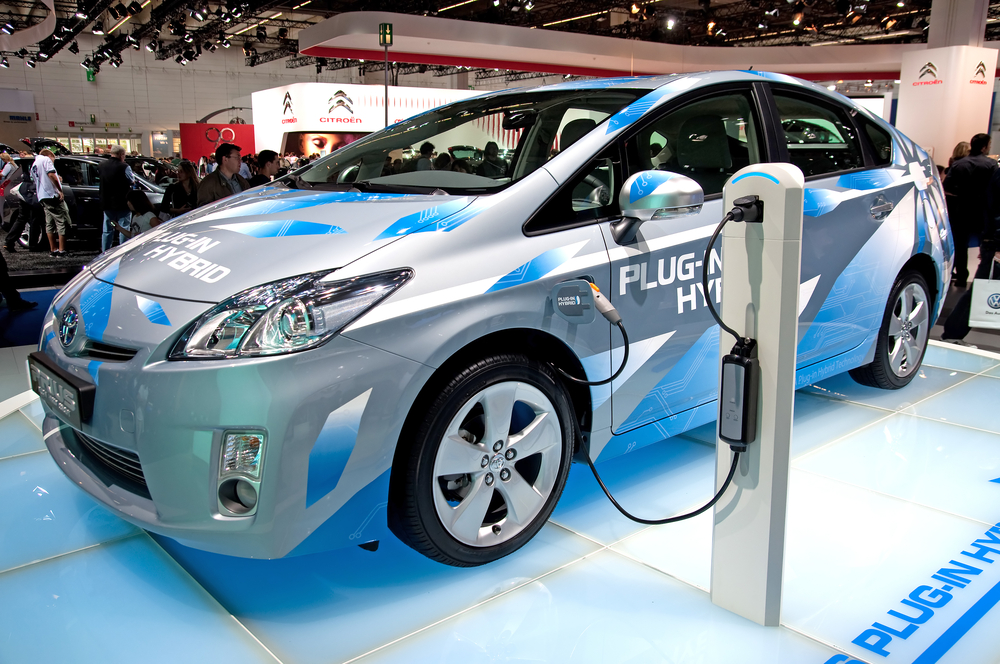
Design Considerations for Efficient EV Busbars: Ensuring Optimal Performance
When designing efficient EV busbars, there are several crucial considerations that must be taken into account to ensure optimal performance. These design considerations play a significant role in improving the overall efficiency, power distribution, and reliability of electric vehicle busbar systems.
1. Material Selection: Choosing the right materials for EV busbars is critical in achieving optimal performance. High-conductivity materials such as copper or aluminum alloys with low resistance are commonly preferred for their excellent electrical conductivity, minimizing power losses and voltage drops.
2. Busbar Geometry: The geometric design of busbars has a direct impact on their efficiency and performance. Factors such as width, thickness, and cross-sectional area need to be carefully considered to reduce resistance and ensure effective current flow. In addition, designing busbars with a low inductance value minimizes energy losses and electromagnetic interference.
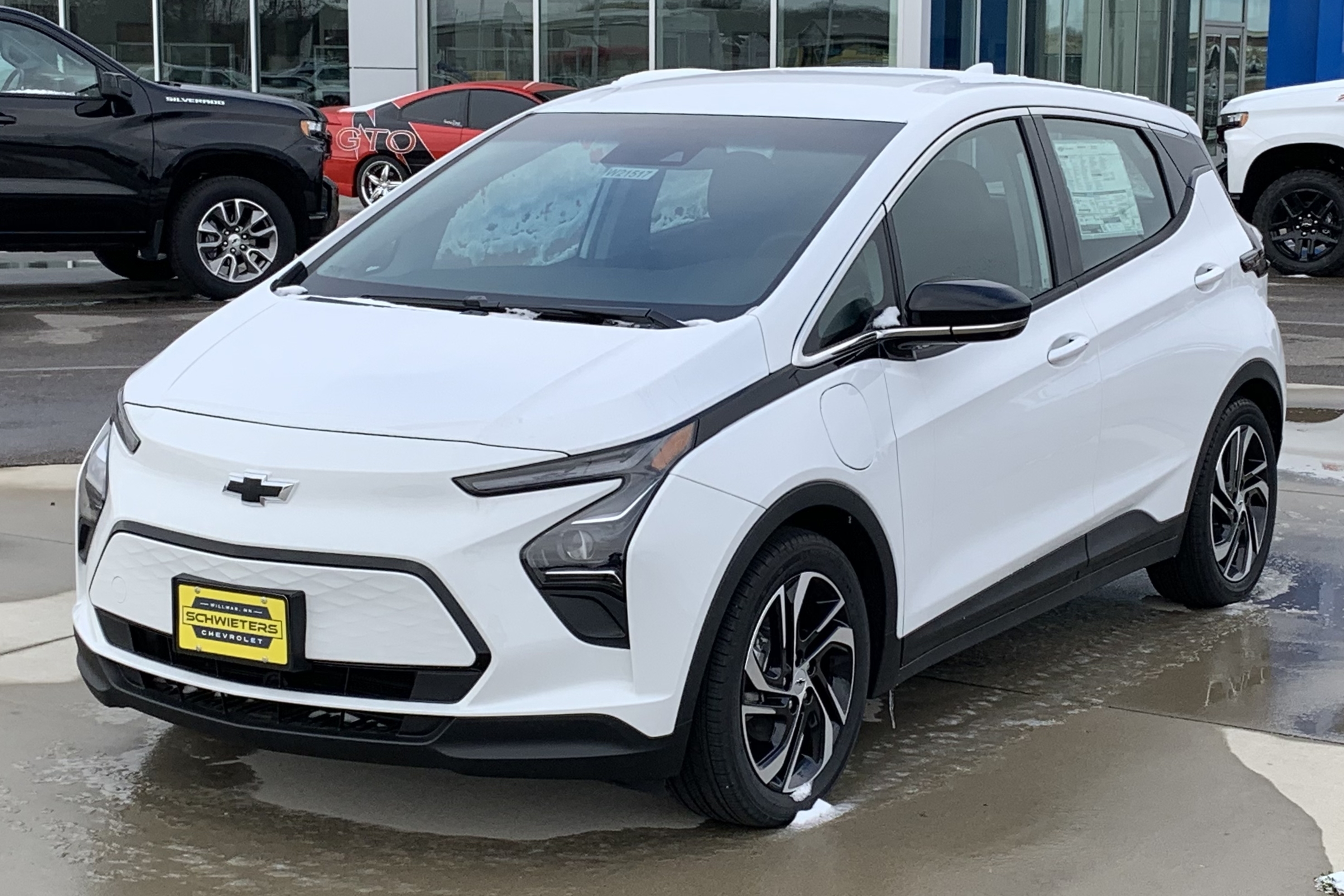
Choosing the Right EV Busbars: Factors to Consider for a Reliable Electric Vehicle System
Factors to Consider for a Reliable Electric Vehicle System
When it comes to selecting the most suitable EV busbars for your electric vehicle system, several essential factors need to be taken into consideration. These factors play a crucial role in ensuring the effectiveness, reliability, and safety of the overall electrical infrastructure. To make an informed decision, here are some key aspects to keep in mind:
- Current Carrying Capacity: One of the primary considerations when choosing EV busbars is their ability to handle the necessary current loads. It is essential to assess the maximum current requirements of the vehicle and select busbars that can accommodate these loads without experiencing overheating or performance degradation.
- Material and Design: The choice of material and design of the busbars greatly impacts their durability and efficiency. Copper and aluminum are common materials due to their excellent electrical conductivity. Additionally, the shape, size, and configuration of the busbars should be carefully evaluated to ensure optimal current flow and compatibility with the EV system.
- Voltage Drop: Minimizing voltage drop is critical for maintaining the efficiency of an electric vehicle system. Busbars with low resistance and strategically placed connections can help reduce voltage drop, resulting in improved energy utilization and enhanced performance.
Furthermore, factors such as thermal management, insulation, and safety features should also be taken into account when choosing the right EV busbars for your application. Finding a balance between cost-effectiveness and performance is key to achieving a reliable electrical infrastructure that supports the efficient operation of electric vehicles.
Q&A
Q: What are busbars in an electric vehicle (EV) and what is their purpose?
A: Busbars are essential components in an EV’s electrical system. They are metallic strips or bars made from highly conductive materials such as copper or aluminum. Their primary purpose is to conduct and distribute electrical power within the vehicle, connecting various components like batteries, inverters, traction motors, and other electrical systems.
Q: What are the different types of busbars used in electric vehicles?
A: There are mainly three types of busbars commonly used in EVs:
1. Solid Busbars: Solid busbars are manufactured from a single piece of conductive material, usually copper or aluminum. They offer excellent conductivity, durability, and are widely used for smaller electrical connections within an EV.
2. Laminated Busbars: As the name suggests, laminated busbars are made by combining multiple layers of conductive material, typically copper or aluminum, with insulating layers in between. This construction helps minimize the size and weight of the busbars while maintaining high conductivity and efficient heat dissipation.
3. Flex Busbars: Flex busbars are made of flexible conductive materials that can be bent or shaped to fit specific design requirements within an EV. They offer more flexibility in terms of installation and reduce the need for complex wiring or additional connectors.
Q: What are the advantages of each type of busbar?
A: Each type of busbar offers specific advantages based on the EV’s design and operational requirements. Solid busbars provide simplicity, durability, and high conductivity, making them suitable for smaller connections. Laminated busbars excel in applications that demand reduced weight, compactness, and efficient heat dissipation. Flex busbars are highly versatile, allowing for easier installation in tight spaces and improved flexibility during the vehicle’s assembly process.
Q: How are busbars rated for electrical performance?
A: Busbars are rated based on various electrical parameters, including current carrying capacity, voltage drop, power losses, and thermal resistance. These ratings are determined through extensive testing and simulations to ensure the busbars can handle the expected electrical load, deliver power efficiently, and maintain acceptable temperature levels.
Q: Are there any considerations for choosing the right type of busbar for an EV?
A: Yes, selecting the appropriate busbar type for an EV depends on factors such as the electrical load, available space for installation, weight constraints, and thermal management requirements. Evaluating these aspects alongside the specific operational needs of the vehicle helps determine whether solid, laminated, or flex busbars will best serve the electrical system’s performance and reliability.
Q: Are there any emerging trends or advancements in EV busbar technology?
A: Yes, the field of EV busbars is continuously evolving. Some notable advancements include the use of alternative conductive materials like graphene, which offer improved conductivity and reduced weight. Additionally, advancements in busbar manufacturing techniques, such as additive manufacturing or 3D printing, are being explored to enable more customized and optimized busbar designs.
Q: How important is the selection of appropriate busbars in ensuring the overall efficiency and reliability of an EV?
A: The selection of the right busbars plays a crucial role in the overall performance, efficiency, and reliability of an EV’s electrical system. Properly designed busbars help minimize power losses, prevent overheating, and ensure efficient power distribution. Neglecting this aspect can lead to electrical issues, reduced performance, and potential safety risks. Therefore, careful consideration and design of appropriate busbars are necessary for achieving optimal EV performance.
To Wrap It Up
In conclusion, the world of electric vehicles continues to evolve at a rapid pace, and one crucial element that plays a vital role in their efficient and reliable operation is the EV busbar. Understanding the various types of busbars available in the market is essential for manufacturers, engineers, and enthusiasts alike.
We began by exploring the traditional copper busbars, widely known for their excellent electrical conductivity and endurance. However, advancements in technology led to the development of aluminum busbars, offering a lightweight alternative without compromising on performance. Their enhanced thermal conductivity also makes them an appealing choice for certain applications.
Next, we delved into laminated busbars, a specialized solution that offers a more compact and space-efficient design, while ensuring exceptional performance in terms of electrical conductivity and heat dissipation. With their customizable options and increased reliability, laminated busbars are gaining popularity in the EV industry.
Furthermore, we examined the emerging trend of hollow busbars, which provide an innovative solution to reduce weight and improve overall efficiency. Their design enables a more streamlined cooling process, making them ideal for high-power applications where heat dissipation is crucial.
Lastly, we discussed the potential of innovative materials such as graphene in revolutionizing the field of busbar technology. With its exceptional electrical conductivity and remarkable strength, graphene holds immense promise for the development of lightweight, highly efficient busbars.
As the demand for electric vehicles continues to soar, manufacturers must carefully consider the specific requirements of their applications and select the most suitable type of busbar. From traditional copper to advanced laminated and hollow designs, each option presents unique advantages that can significantly impact the performance of electric vehicles.
In conclusion, the choice of busbar plays a pivotal role in ensuring reliable and efficient operation of electric vehicles, and staying abreast of the latest technological advancements is crucial in this ever-evolving industry. As manufacturers and engineers continue to push the boundaries of electric vehicle development, the world can anticipate even more innovative busbar solutions to emerge, further propelling the growth and sustainability of electric mobility.

